Aucun résultat ne correspond à votre mot-clé.
Contenu
Vous vous êtes déconnecté avec succès.
Défis en matière d’accès vasculaire intraveineux périphérique
Une tentative infructueuse d'accès intraveineux ou une défaillance du cathéter avant la fin du traitement peut constituer un fardeau pour les patients, les personnels soignants et le système de santé.1 Prolonger la durée de séjour des cathéters intraveineux périphériques peut contribuer à réduire les coûts du système de santé et faire épargner du temps au personnel infirmier.1
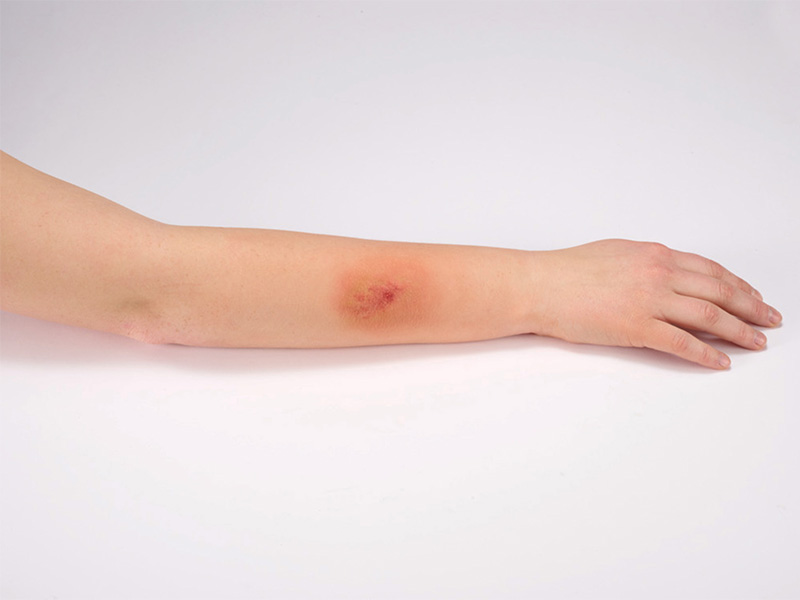
L’insertion d’un cathéter intraveineux périphérique est un acte médical effractif courant dans les hôpitaux et constitue la première étape nécessaire d’un traitement par perfusion. On estime qu’entre 60 % et 90 % des patients hospitalisés ont besoin d’un cathéter intraveineux pendant leur séjour à l’hôpital1. Cependant, de nombreux facteurs connus affectent cet acte commun et contribuent aux échecs des cathéters intraveineux périphériques. Selon diverses études, le taux global de défaillance des cathéters intraveineux se situe entre 35 % et 50 %1. De récentes directives infirmières ont recommandé que les cathéters intraveineux périphériques restent en place jusqu’à ce qu’ils ne soient plus nécessaires d’un point de vue clinique. Mais avec un taux de défaillance aussi élevé, il est très probable qu’un patient doive subir de multiples insertions pendant toute la durée de son séjour à l’hôpital, ce qui peut accroître la douleur et réduire la satisfaction du patient.
Lorsqu’un cathéter intraveineux périphérique fait l’objet d’une défaillance avant la fin du traitement du patient, un autre cathéter doit être mis en place. Après la défaillance d’un cathéter intraveineux périphérique, il existe une plus forte probabilité que les cathéters insérés par la suite doivent également être remplacés en raison d’une défaillance2, ce qui crée un cycle négatif de retrait et de réinsertion des cathéters.
Des tentatives d’insertion multiples sur une même veine peuvent entraîner une insuffisance veineuse. Lorsqu’il n’est plus possible d’établir un accès vasculaire périphérique pour un patient, on passe souvent à des dispositifs d’accès veineux plus effractifs, présentant un niveau de risque supérieur et plus coûteux3. Cette substitution entraîne des coûts supplémentaires pour l’hôpital et augmente la possibilité de complications liées au cathéter.
La phlébite, ou inflammation veineuse4, englobe un éventail d’inflammations et de pathologies infectieuses. Elle peut être d’origine mécanique ou chimique. La phlébite d’origine mécanique est liée aux propriétés physiques du cathéter et au mouvement traumatique possible du cathéter, par exemple l’insertion du cathéter dans une zone de flexion, par rapport à la paroi veineuse4. La phlébite d’origine chimique se produit lorsque les solutés intraveineux irritent la paroi de la veine et provoquent une inflammation4.
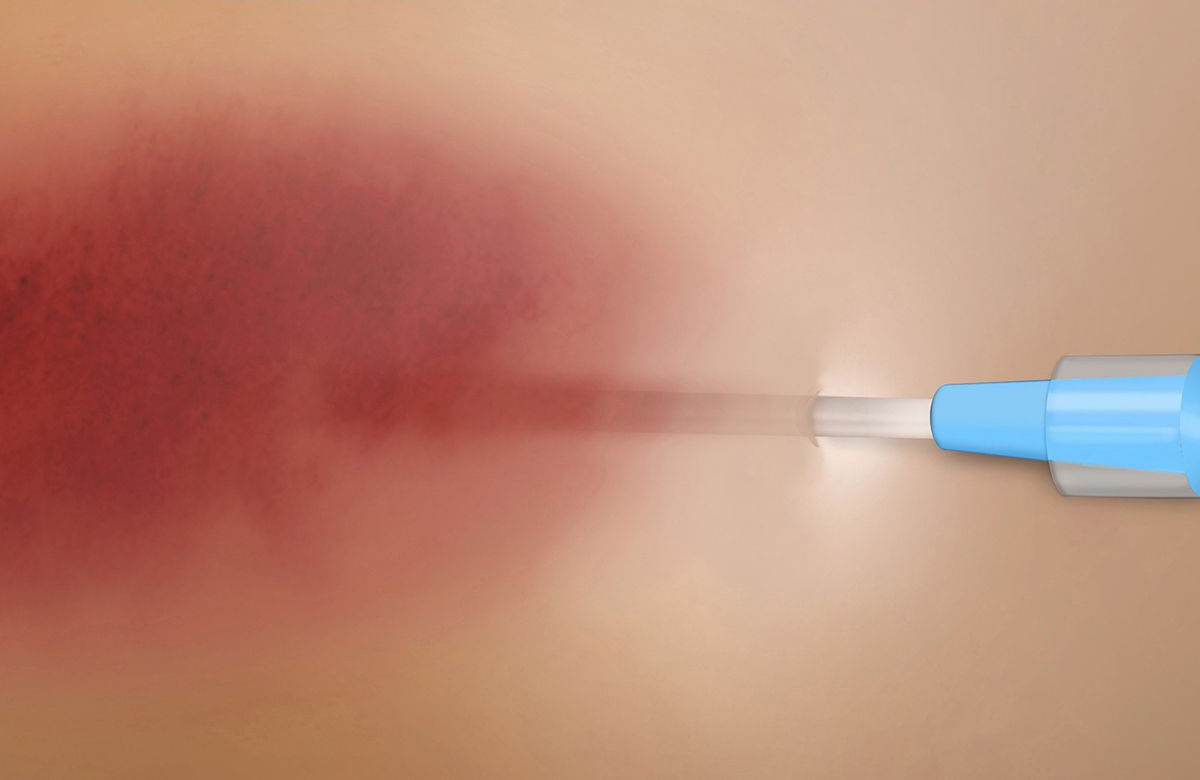
Diverses échelles ont été créées pour aider à déterminer correctement les différents degrés de phlébite. Dans la plupart des cas de phlébite, le traitement commence par le retrait du cathéter2. Cela peut exiger une tentative de réinsertion ultérieure.
Des tiraillements involontaires sur le tube ou l’aiguille d’un cathéter intraveineux peuvent déloger le cathéter et entraîner sa défaillance, un retard dans l’administration des médicaments et une nouvelle tentative d’insertion. La réduction des mouvements du cathéter diminue le risque de délogement4.
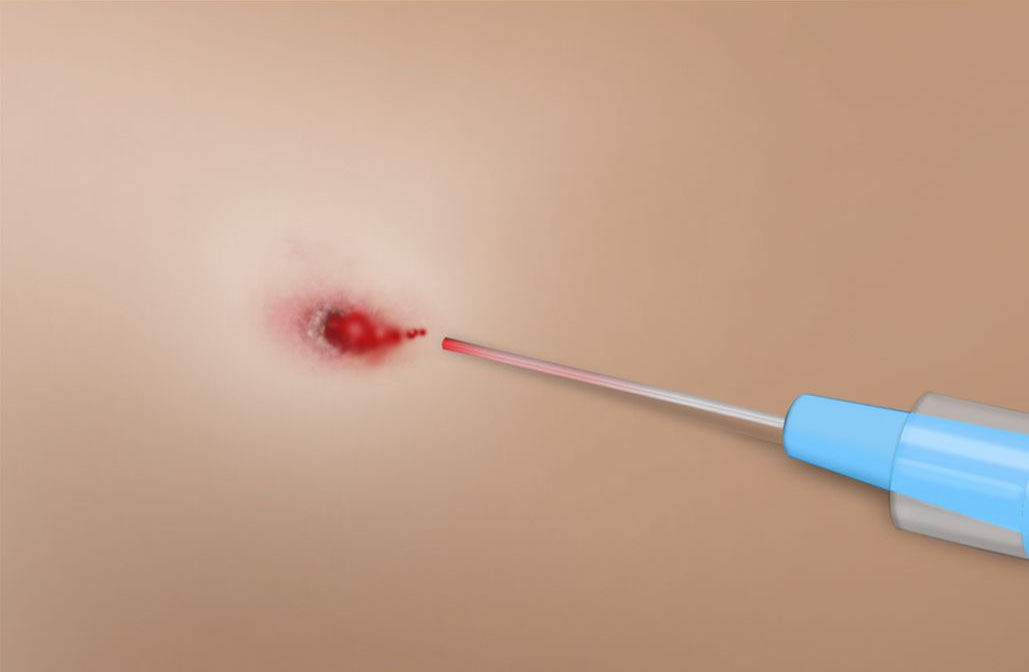
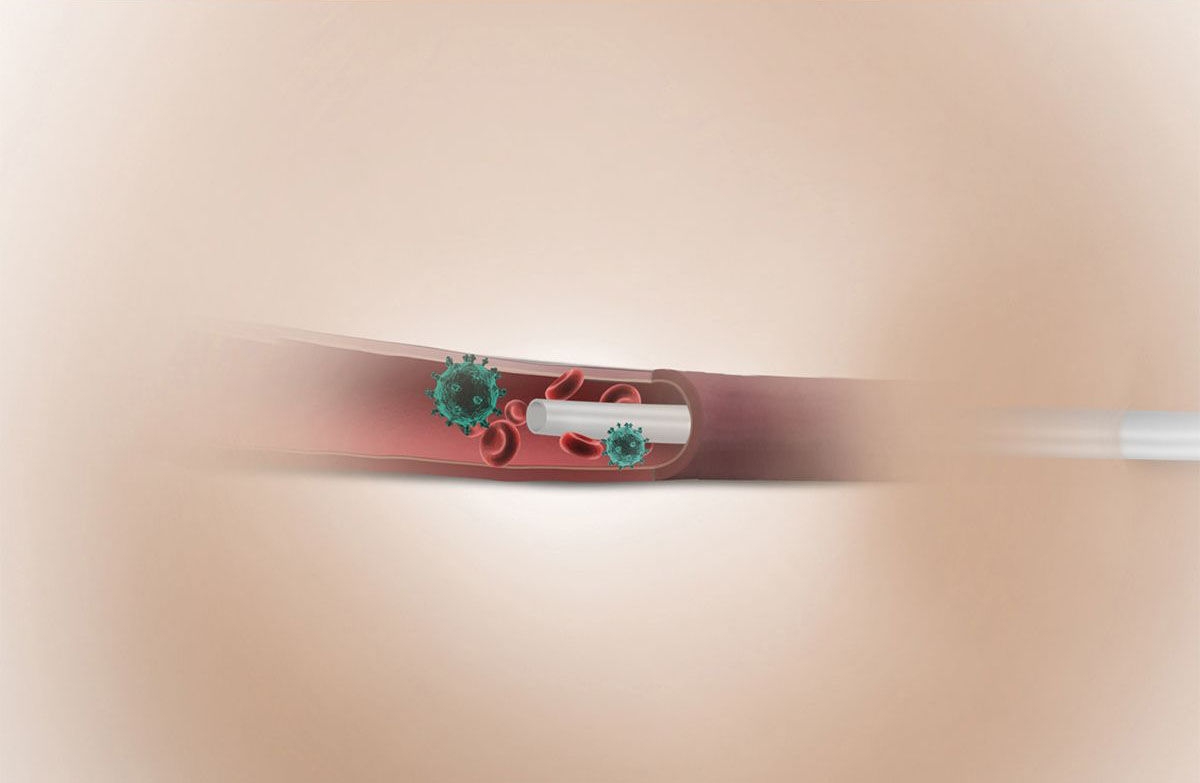
Les infections bactériennes liées aux cathéters peuvent être divisées en deux catégories : les infections sanguines liées aux cathéters et les infections locales sur le site d’insertion du cathéter. Les deux types sont le résultat de la présence de bactéries sur le site d’insertion qui migrent dans la circulation sanguine.
Les infections bactériennes liées aux cathéters ont de nombreuses causes5:
L’occlusion du cathéter peut être définie comme la perte de la capacité à perfuser des solutés ou des médicaments par l’intermédiaire d’un cathéter intraveineux qui fonctionnait auparavant.2
L’occlusion peut se produire pour une des raisons suivantes2:
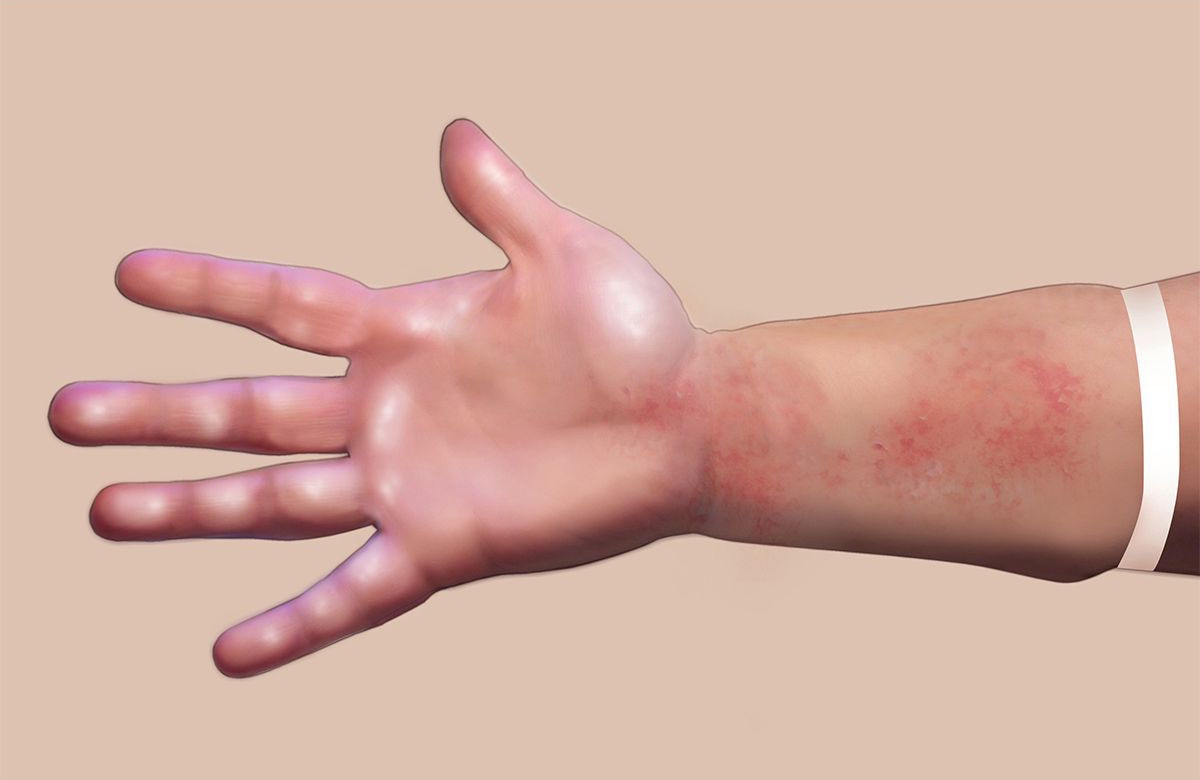
L’infiltration est la forme la plus courante de défaillance des cathéters intraveineux.6 L’infiltration intraveineuse est définie comme l’efflux de solution d’un vaisseau dans les tissus environnants pendant une perfusion.7
L’infiltration du traitement intraveineux dans les tissus environnants peut se produire si le cathéter migre hors de la veine avec le temps, s’il a été enfilé de façon incomplète dans la veine au moment de l’insertion ou s’il traverse la veine et ressort de l’autre côté.8
“Dans un monde parfait, un cathéter intraveineux serait fabriqué avec le matériau le plus approprié et inséré au meilleur endroit possible, en utilisant une technique optimisée, simple, reproductible et totalement aseptique afin de minimiser les traumatismes aux tissus et d’éliminer la contamination. ”
* L’astérisque indique un champ obligatoire.
1. Helm RE, Klausner JD, Klemperer JD, Flint LM, Huang E. Accepted but unacceptable: peripheral IV catheter failure. J Infus Nurs. 2015; 38(3) : 189-203.
2. Kaur, P., Rickard, C., S. Domer, G., & R. Glover, K. (2019). Dangers of Peripheral Intravenous Catheterization: The Forgotten Tourniquet and Other Patient Safety Considerations. IntechOpen. DOI : 10.5772/intechopen.83854
3. Gorski LA, Hadaway L, Hagle ME, Broadhurst D, Clare S, Kleidon T, Meyer BM, Nickel B, Rowley S, Sharpe E, Alexander M. Infusion Therapy Standards of Practice, 8th Edition. J Infus Nurs. Janvier-février 2021 ; 44(1S Suppl 1) : S1-S224. DOI : 10.1097/NAN.0000000000000396. PMID : 33394637.
4. Lignes directrices du CDC. (2011). Guidelines for the Prevention of Intravascular Catheter-Related Infections. Strategies for Prevention of Catheter-Related Infections in Adult and Pediatric Patients. https://www.cdc.gov/infection-control/hcp/intravascular-catheter-related-infection/prevention-strategies.html#toc
5. Nicole Marsh, Emily N Larsen, Mari Takashima, Tricia Kleidon, Samantha Keogh, Amanda J Ullman, Gabor Mihala, Vineet Chopra, Claire M Rickard. Peripheral intravenous catheter failure: A secondary analysis of risks from 11,830 catheters, International Journal of Nursing Studies, Volume 124, 2021, 104095, ISSN 0020-7489, https://doi.org/10.1016/j.ijnurstu.2021.104095
6. Gibian JT, Zakria D, March C, Schaheen B, Drolet BC. Outcomes and Management of Peripheral Intravenous Infiltration Injuries. Hand (N Y). Janvier 2022;17(1) :148-154. doi: 10.1177/1558944720906494. Publication en ligne : 28 février 2020. PMID : 32111122; PMCID : PMC8721785.
7. Beecham GB, Tackling G. Peripheral Line Placement. [Mis à jour le 23 juillet 2023]. Dans : StatPearls [Internet]. Treasure Island (FL) : StatPearls Publishing; janvier 2025. Affiché à l’adresse suivante : https://www.ncbi.nlm.nih.gov/books/NBK539795/
It will be forwarded to a responsible contact person who will get in touch with you as soon as possible.